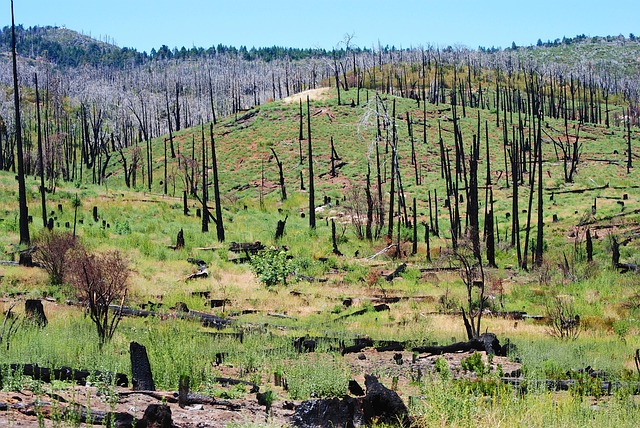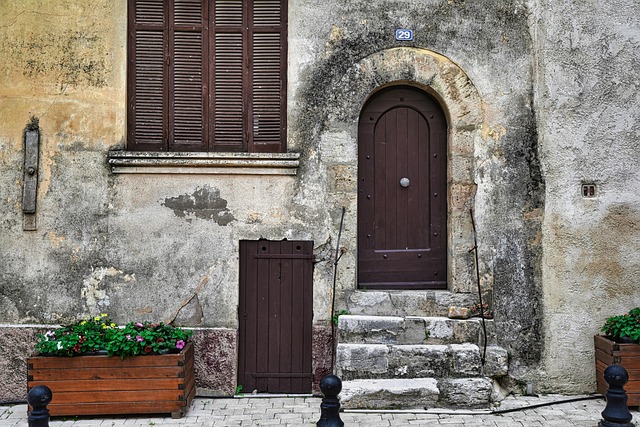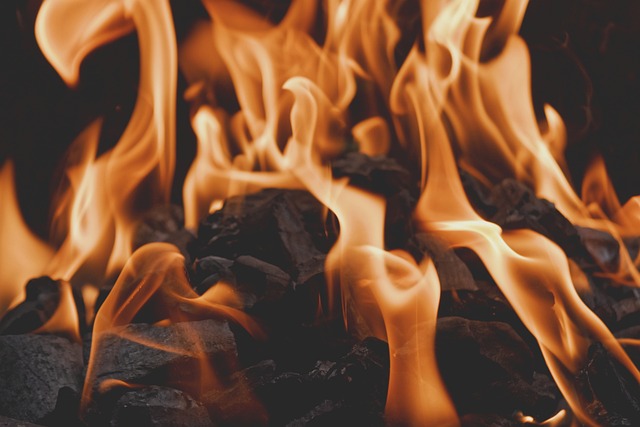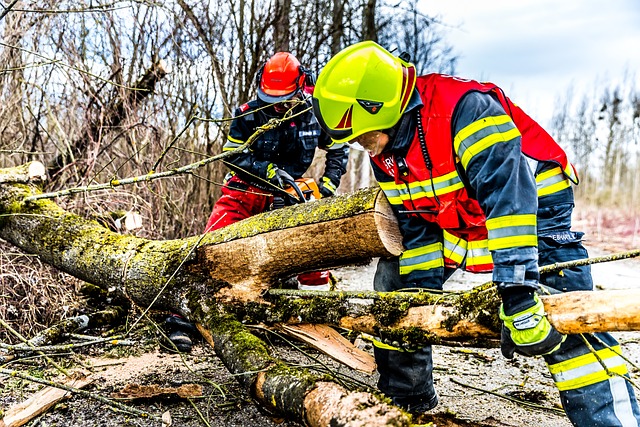House flipping in California, especially after wildfires, presents a unique opportunity for real estate investors. Flippers can acquire distressed properties, renovate them according to local regulations, and resell at a profit due to below-market values. Success requires strategic identification of undervalued homes, detailed renovation plans, strong contractor relationships, understanding legal and financial aspects, navigating building codes, managing expectations, utilizing insurance claims, and being aware of tax implications for selling fire-damaged houses in California.
“Discover the art of house flipping with a focus on fire-damaged properties in California. This comprehensive guide delves into the strategies employed by specialists, offering a unique perspective on this lucrative market. From understanding the basics of flipping to navigating legal and financial aspects, we explore techniques that transform devastated homes into profitable investments. Learn how savvy flippers identify opportunities amidst chaos, ensuring success in the competitive California real estate scene when selling fire-damaged houses.”
- Understanding House Flipping: A Brief Overview
- The Market for Fire Damage Properties in California
- Strategies and Techniques of Successful Flippers
- Legal and Financial Considerations for Flipping Fire-Damaged Homes
Understanding House Flipping: A Brief Overview

House flipping is a real estate investment strategy where specialists purchase, renovate, and quickly resell properties for a profit. It’s a high-speed, high-risk, yet highly rewarding venture that has gained popularity in recent years, especially in areas like California with its vast real estate market. Flippers often target distressed properties, including those affected by fire damage, which can present unique challenges but also significant opportunities.
In the context of California, where natural disasters like wildfires are not uncommon, selling a fire-damaged house presents both advantages and considerations for flippers. These advantages include potential cost-effective renovation opportunities due to insurance claims and government assistance programs. However, flippers must navigate legal and structural complexities, ensuring proper restoration and compliance with safety regulations. Efficient project management is key to maximizing profits while adhering to the fast-paced nature of house flipping.
The Market for Fire Damage Properties in California

In California, the market for selling fire-damaged properties presents a unique and lucrative opportunity for house flipping specialists. With frequent wildfires affecting various regions across the state, many homeowners are left with no choice but to sell their damaged properties quickly. This creates a steady demand for professionals who can acquire these distressed homes, renovate them, and resell them at a profit. The appeal lies in the potential for significant returns; fire-damaged properties often sell for below market value, allowing flippers to invest strategically and capitalize on the recovery process.
California’s diverse landscapes and extreme weather conditions contribute to a high volume of fire damage cases, making this niche market vibrant. Flippers specializing in selling fire-damaged houses in California need to stay updated on local regulations and reconstruction guidelines. They play a crucial role in helping communities recover by revitalizing affected areas through thorough renovations and ensuring these homes meet safety standards before reselling them to new buyers.
Strategies and Techniques of Successful Flippers

Successful house flippers in California employ a blend of strategic and tactical approaches, tailored to the unique challenges of the real estate market in this state. One key strategy is identifying undervalued properties, often through market analysis or partnerships with real estate agents. They look for homes that have potential but may require significant repairs, commonly referred to as “sell fire damage houses California”—properties affected by natural disasters like wildfires can be overlooked, providing an opportunity for flippers to renovate and resell at a profit.
Another effective technique involves creating a comprehensive renovation plan before purchasing. This includes assessing the extent of necessary repairs, from structural issues to cosmetic updates. By securing financing in advance and establishing a clear budget, flippers can efficiently navigate the complexities of fixing up damaged properties. They also foster strong relationships with contractors and suppliers, ensuring timely and cost-effective renovations.
Legal and Financial Considerations for Flipping Fire-Damaged Homes
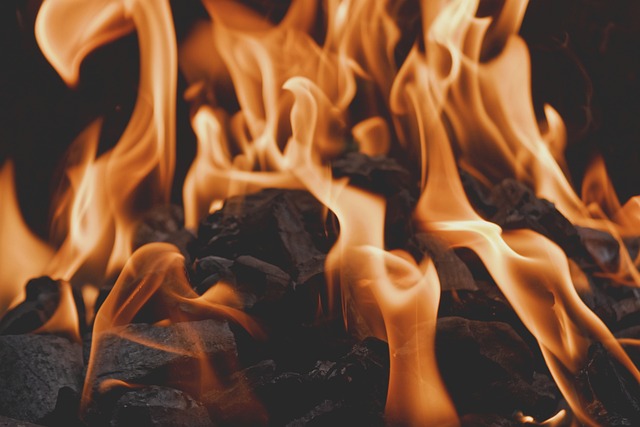
When flipping homes in California, particularly those affected by fires, it’s crucial to understand the legal and financial aspects involved. Selling a fire-damaged house requires careful navigation through regulations set by local governments and insurance policies. First, assess any legal obligations related to property restoration and safety standards, which vary across cities. In California, strict guidelines exist for rehabilitating and selling such properties to ensure they meet habitable conditions. Flippers must obtain necessary permits and comply with building codes, especially in areas prone to wildfires, focusing on structural integrity and fire prevention measures.
Financially, managing expectations is key. Fire damage can significantly impact a property’s value, so accurate appraisals are essential. Flipping specialists should consider potential costs for repairs, demolition, or rebuilding, which might exceed initial investments. Insurance claims play a vital role in this process; understanding policy terms and negotiating with insurers to cover restoration expenses is critical. Additionally, flippers must be aware of tax implications related to acquiring, repairing, and selling fire-damaged homes, ensuring compliance with California’s tax regulations for optimal financial outcomes.
House flipping, especially in California where the market offers a unique opportunity with fire-damaged properties, is a specialized and lucrative venture. By understanding the process from initial assessment to legal considerations, flippers can navigate the challenges of repairing and selling these homes effectively. This article has provided valuable insights into the strategies, techniques, and crucial steps involved in successfully flipping fire-damaged houses in California, empowering investors to make informed decisions and capitalize on this dynamic market.


